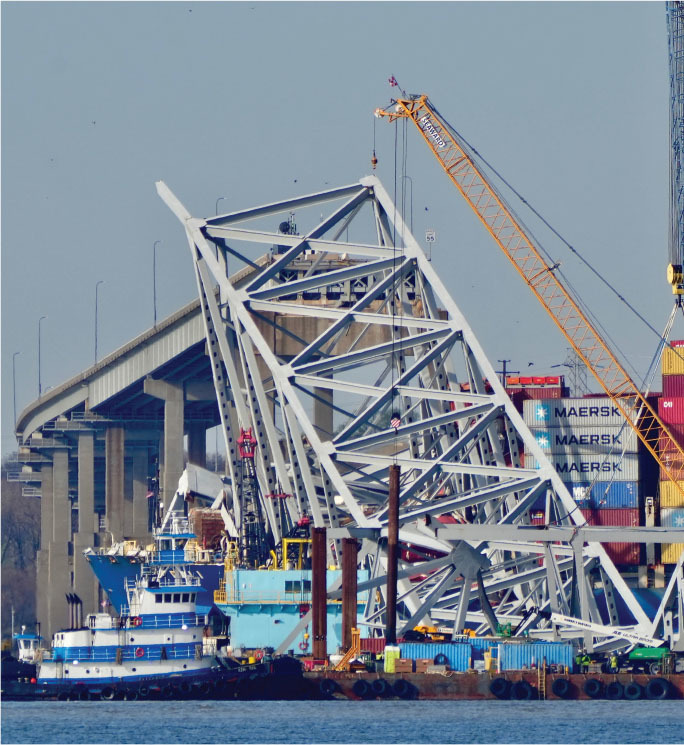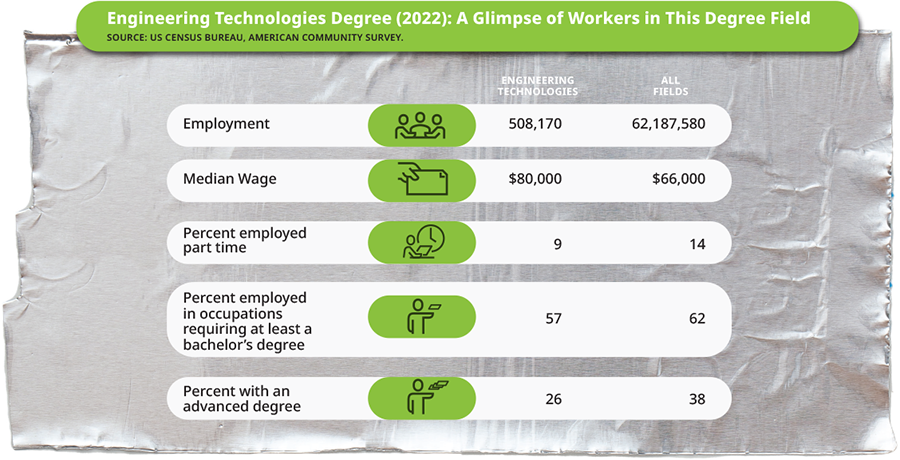November/December 2018
PE Report
PEs Essential to Hurricane Florence Recovery
In mid-September, Hurricane Florence brought unrelenting rains and large-scale flooding to southeastern North Carolina. The result—37 deaths and a damage estimate of $13 billion. And just as recovery was getting underway, Hurricane Michael made its landfall in Florida’s Panhandle region in October with devastating wind damage likely not seen since Hurricane Andrew.
As communities in the Southeast continue to recover, professional engineers will be involved in the damage assessment, rebuilding, and mitigation efforts. PE reached out to Professional Engineers of North Carolina members to gather details of what they’ve witnessed on the ground and how they will play a role in the recovery process.
Paul Shivers, P.E., and his wife decided to ride out Hurricane Florence at home once the storm was downgraded to a Category 2. Where his home is located in Wilmington, wind speed is the greatest concern. “We lost power a few hours before the eye of the storm came over us but recovered it once the eye was over us. My office lost power for a week,” says the PENC past president.
Shivers considers himself lucky compared to other area residents. “We received so much rain that there were some areas not in a floodplain that were inundated with water. These homeowners had no reason to have flood insurance,” he says. “Driving by and seeing people with their belongings outside because of the flooding was heartbreaking.”
The rainfall experienced during Florence turned Wilmington into a temporary island with limited mobility, because major highways were shut down. The general logistics that make a community function, says Shivers, were also interrupted, from being able to get fuel from a gas station to entering a grocery store without a long wait outside.
Professional engineers took on active emergency management roles during the storm. They worked closely with GIS professionals to develop maps, provide notifications to communities about potential flooding, and determine areas that needed to be evacuated, says Dan Brubaker, P.E., the National Flood Insurance Program coordinator for the North Carolina Department of Public Safety. A Flood Inundation and Mapping Alert Network uses real-time data to monitor river levels and create inundation libraries to predict flood levels based on forecast models.
“We experienced remarkable coastal flooding because Florence came ashore then slowed down to about two miles-per-hour at one point,” he says. “Communities miles inland also experienced significant flooding because the storm stuck around for three days, constantly pushing more and more water upriver into these communities.”
As the NFIP coordinator, Brubaker is working with FEMA on substantial damage estimates for communities that have been affected by Florence. If the damage to a residence or building is more than 50% of the market value of that structure, and it does not currently comply with local requirements for flood protection the the structures must be brought up to code, which means elevating or removing them from the floodplain. “Usually these are older structures. If they get substantially damaged, you want to do what’s needed to improve these structures, so they hopefully won’t be damaged again,” he says.
As of October 16, Brubaker says 2,986 inspections were conducted in several towns. He estimates that the damage assessment process should be completed by the end of the year. FEMA has declared 31 affected counties for federal assistance.
Answering the Call
In 2016, when Shivers was PENC president-elect, Hurricane Matthew brought massive flooding conditions into the eastern part of North Carolina. Shivers spent two weeks hustling to get volunteers to assist with the recovery response. This experience led him to help create a permanent program of pretrained PE volunteers to assist with damage assessments—the PENC Substantial Damage Volunteer Team.
Last year, when Shivers was setting up assessment training sessions, he was worried that there wouldn’t be enough volunteers. PENC members didn’t let him down. Shivers was hoping to get at least 40 volunteers, but ultimately 141 volunteers answered the call.
Paul Reinmann, P.E., is a recent retiree who’s using his engineering expertise to stay active and help with recovery and damage assessments. “I’ve spent years doing engineering and construction, renovation, and fire and water restoration…so I’ve seen a lot of things and FEMA really needs the help,” says the Wilmington resident. “Any PEs that have experience in the building and construction industry and restorations would be valuable and could hit the ground running with a volunteer team.”
Shivers adds, “I appreciate that these professional engineers are donating their time to assist the community. This is a very small part of the recovery, but it’s still critical.”

THE CAPE FEAR RIVER FLOODED DUE TO HURRICANE FLORENCE AND STORM SURGES CONTRIBUTED TO HISTORIC FLOODING IN WILMINGTON. MICHELEMIDNIGHT / SHUTTERSTOCK.COM


 Volunteering at NSPE is a great opportunity to grow your professional network and connect with other leaders in the field.
Volunteering at NSPE is a great opportunity to grow your professional network and connect with other leaders in the field. The National Society of Professional Engineers (NSPE) encourages you to explore the resources to cast your vote on election day:
The National Society of Professional Engineers (NSPE) encourages you to explore the resources to cast your vote on election day:










